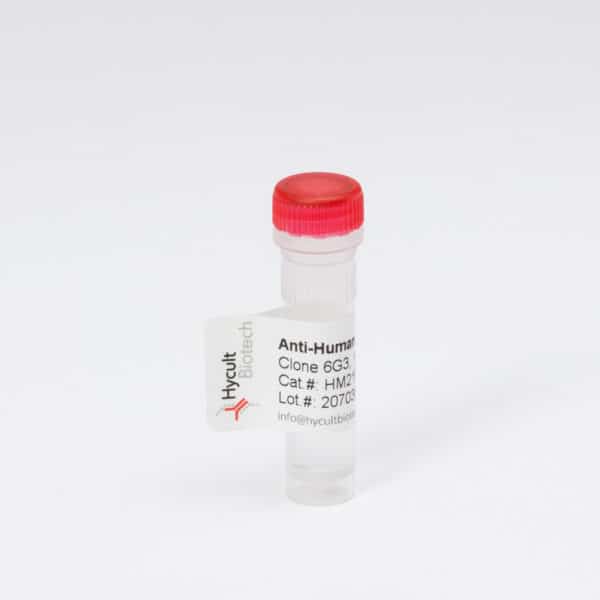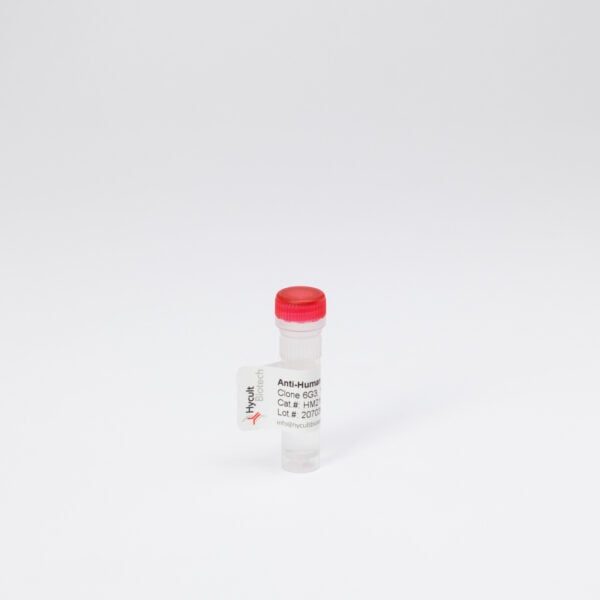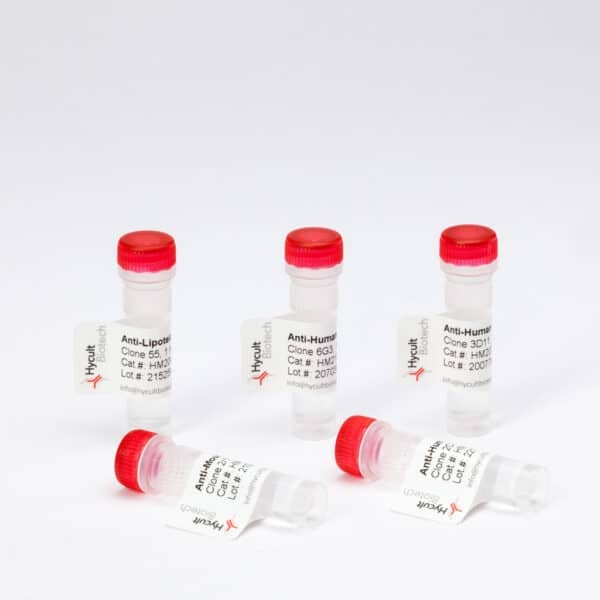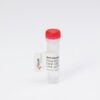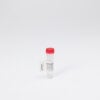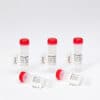CD163, Rat, mAb ED2
€133.00 – €510.00
Monoclonal antibody ED2 reacts with rat CD163 cell surface glycoprotein, a 175 kDa molecule also known as ED2. CD163 is expressed by approximately 50% of peritoneal macrophages, a subset of splenic macrophages, and by macrophages in most other tissues. However, it is not expressed by monocytes, alveolar macrophages or microglial cells. Macrophage scavenger receptor CD163 also known as hemoglobin scavenger receptor (HbSR) is a member of the scavenger receptor cysteine-rich family (SRCR). Scavenger receptors have been studied primarily for their ability to bind and internalize modified lipoproteins. They have been found to be involved in the development of atherosclerosis. Scavenger receptors also function as pattern recognition receptors for a wide variety of pathogens indicating a potential role in host defence. CD163 is involved in the endocytosis of hemoglobin:haptoglobin complexes and is able to counter oxidative tissue damage induced by hemoglobin after hemolysis. Recent results identify new anti-inflammatory and cytoprotective effector pathways in monocytes/macrophages related to hemoglobin scavenging and metabolism, which may be relevant for atheroprotection and wound healing.
